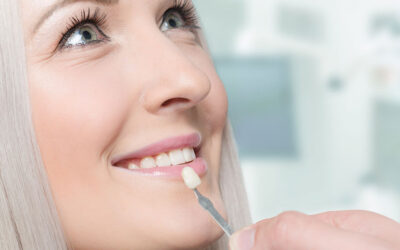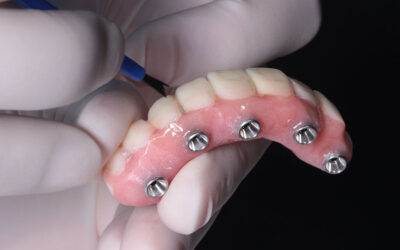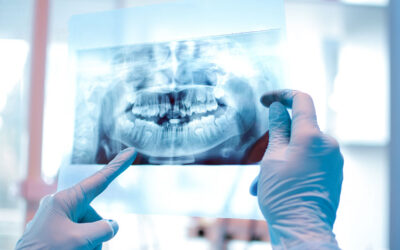There are two major threats to your teeth on a daily basis. One is gum disease. It is estimated that about 80% of Americans are living with diabetes at any given time. The other major threat is decay. Research shows that 90% of American adults are currently living with the signs of past decay: fillings.
Tooth decay begins at a very young age, and it doesn’t ever really go away. The trick to keeping decay from ruining your smile is to prevent as much of it as you can and catch the rest of it early!
The rules for preventing decay are nothing new, but there’s always room for review. Not only will we discuss the at-home techniques you should be practicing, but we will also take a look at things we can do here in the office to decrease your likelihood of developing decay! Let’s begin by learning more about how decay happens in the first place!
How Do Cavities Form?
When you were a kid, your parents and teachers told you not to eat so much candy because it would make your teeth rot. While candy is a definite culprit for decay, it is certainly not the only factor. Anything that you eat can leave remnants on your teeth. The stickier the food, the more likely it will stay!
When those remnants are left behind, bacteria in your mouth have a feast and create an acidic byproduct. It is the acid that actually weakens your tooth enamel and causes decay. It begins as a soft spot and will continue to spread into a full-blown cavity with time. If left alone, it would eventually weaken your tooth so much that your tooth would no longer function.
Good Home Habits
Preventing decay begins with your home habits. These are the things you have been practicing since you were a little kid, but they are just as important now as they were then. Let’s take a look at the routine and see how you measure up against the ADA’s (American Dental Association) standard!
Brushing – Using a soft-bristle brush, you should be scrubbing your teeth for at least two minutes twice each day. Brush all of the surfaces of your teeth, gums, and tongue to remove as much bacteria as possible.
Flossing – The ADA recommends that you floss once at the end of the day. When you floss, you should form a C around each tooth and move the floss up and down until all teeth have been fully covered.
Use a Rinse – An antibacterial or fluoride rinse can do a lot of good for your teeth. It will remove the excess bacteria from your mouth, improve your breath, and clean where brush and floss have trouble.
Drink Plenty of Water – Water is an important weapon in the battle against gum disease. It is one of the only beverages that is free of sugar, acid, and staining elements. It is also the best beverage for improving the hydration of your body and mouth. Hydration allows you to create more saliva, which will protect your teeth from harmful bacteria.
Office Assistance
What you do at home is great, and it is the first line of defense, but it won’t be enough to defeat decay unless you also call in backups from our office. You should be coming into the office every six months, and during that time, we can equip you with all that you need to keep cavities at bay.
A Professional Cleaning – We’ll begin with a professional cleaning. This cleaning removes bacteria and plaque that have built up on and around your teeth over the past six months. Removing the sticky and hardened gunk from your teeth means a healthier smile!
Fluoride Treatment – Not all tooth enamel is the same strength. Some smiles really need an extra hand from something like fluoride in order to stay safe from cavities. Fluoride can actually reverse the beginnings of decay and save your tooth from needing a filling!
Dental Sealants – Sealants are another weapon we can use against harmful bacteria. We simply paint sealants over the chewing surfaces of your teeth. A thin, protective layer will dry on your teeth and keep bacteria from being able to access the tooth! Sealants can last for a few years, but we can always do repairs when you come into the office for your routine visit.
Prevent Cavities for a Healthier Smile
A healthy smile is a smile that is strong and safe from decay and infection. Work to prevent decay by following the tips we’ve suggested above. For more information, contact us today! We would love to set up your next cleaning appointment so that you can get the care you need before decay gets out of hand! We can’t wait to see you soon!



